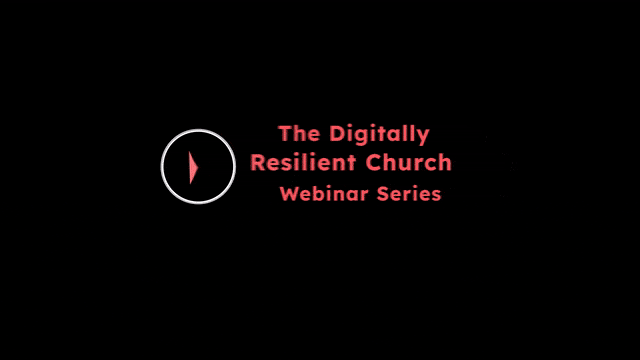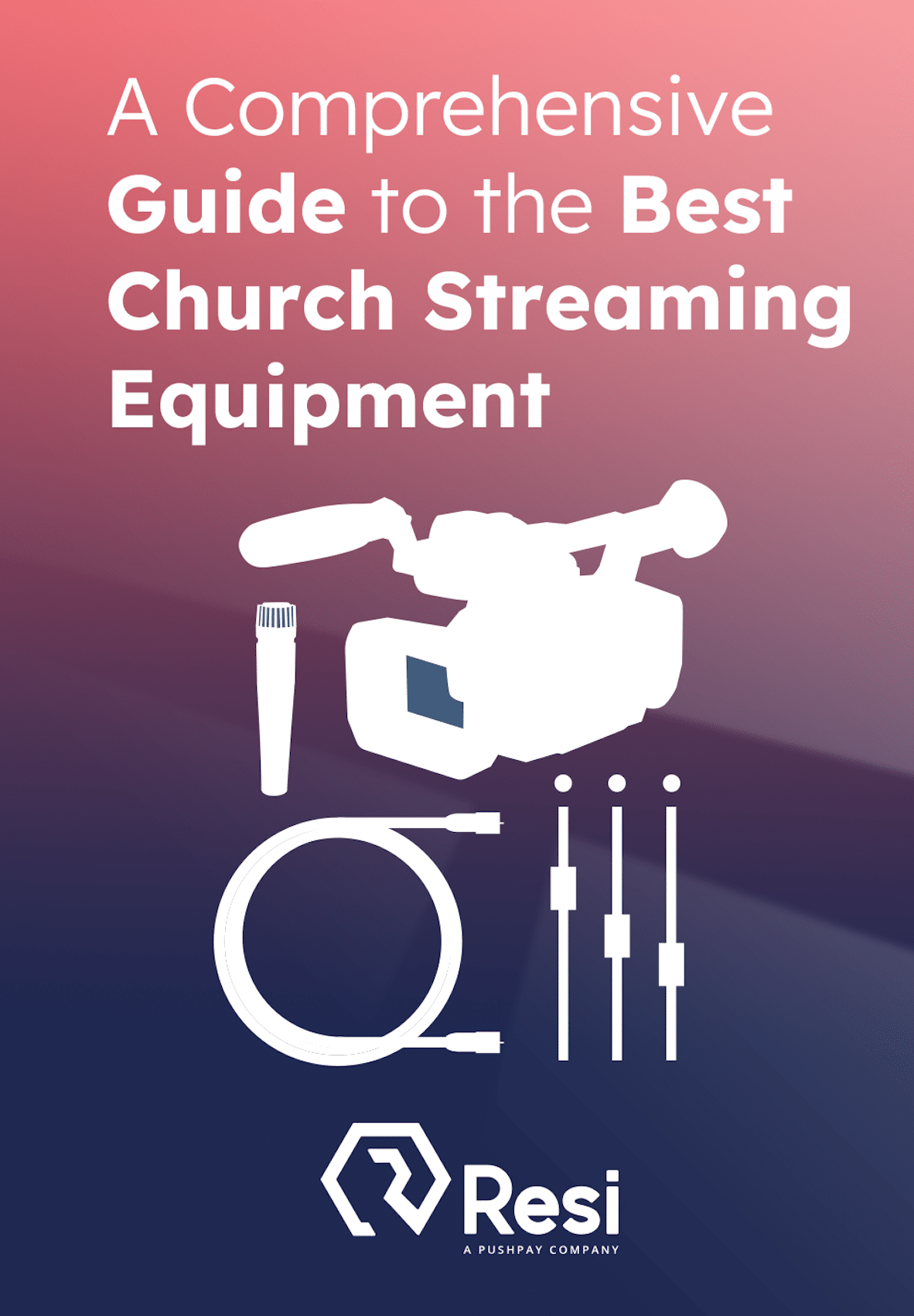
Charles Spurgeon famously said, “It’s the whole job of the whole church to preach the whole gospel to the whole world.”
Technology has enabled every believer to do this through phones and laptops without leaving their homes. I cannot count how many conversations I have had about helping believers and church teams grow in understanding and implementing digital evangelism.
The Digitally Resilient Church Webinar
Featuring Jeff Reed from THECHURCH.DIGITAL, learn to leverage your digital strategy and livestreams for maximum local reach and community impact.
Access Now
In my experience, the main challenge is not the “digital” in “digital evangelism.” The problem is with “evangelism” in “digital evangelism.”
Anytime I talk with pastors about digital evangelism and how to get more of their congregation involved, I usually have to discuss shifting the views of evangelism that we have created in the minds of many believers. For many years, church leadership has created and enforced beliefs that only trained clergy are qualified for ministry, which has had a disempowering impact on thousands of believers.
Fortunately, many are now trying to reverse that trend and its effect. So when the topic of evangelism comes up, before we talk about how to do it, we have to address mental and theological blocks to believers’ understanding and embracing of their roles in carrying out the Great Commission. Once hindrances to believers’ “doing evangelism” are removed, I have found that pastors are comfortable with believers sharing Jesus in digital spaces.
For a church to utilize the power of digital evangelism within its ministry, three seismic shifts need to take place:
3 Shifts for Empowering Digital Evangelism
Shift #1: Focusing on Weekend Services to Focusing on Every-Day Evangelism
Churches must move beyond seeing Sunday services as the primary platform for outreach and evangelism. Instead, they should empower believers to share their faith during everyday interactions throughout the week, both online and offline.
I heard one pastor say, “Sunday is our Super Bowl!” We cannot see weekend services like the Super Bowl. Instead, they are half-time, and what happens during the week is the Super Bowl. Sunday is where the coach (the pastor) encourages the players (the church attendees). The main focus for a mobilized congregation is not on what God may do during a weekend service produced by a few; instead, the focus should be on what God will do through the many while they are at work, in the grocery store, at the bank, at the park, or even scrolling online.
I agree with Francis Chan: “Evangelism in the future does not happen in our temples or cathedrals but in our living rooms and houses.” The same holy spirit is in you, Pastor, and your congregation. And, in today’s culture, those who do not believe in Jesus are more likely to take the Gospel from their friends than from you.
Shift #2: Talking About Your Church to Talking About Jesus
Every believer is called to be a witness to Jesus. Still, to create an “invite culture” to increase weekend attendance, we have inadvertently conditioned them to become better witnesses for our churches. For some, we’ve unfortunately removed Jesus from the church. Talking about your church is not evangelism; talking about Jesus is.
Best Livestreaming Equipment
Discover what top-rated equipment we recommend adding to your church streaming toolkit.
Download for free!
As pastors, we must be more intentional about equipping our congregants to have gospel conversations in their everyday lives, in person or online. Our people must be prepared to talk deeply about Jesus and how he changed their lives.
In today’s culture, where people’s trust in the church and pastors has decreased, we need to leverage people’s personal stories of transformation… just as Jesus did. In Mark 5, after casting thousands of demons out of a man, Jesus told him to go and tell everyone. In John 4, Samaria is impacted by the woman at the well who tells her story of her encounter with Jesus. Unsaved people would rather hear their saved friend’s personal story than a pastor’s sermon. The sermon can come later.
According to Ephesians 4, our job as equippers is to ensure congregants can confidently and clearly explain the gospel, what Jesus means to them, and why their hope is in Christ (1 Pet. 3:15).
When it’s appropriate to make a church invitation, that’s fine. Still, it cannot be the primary goal of those conversations, especially in digital spaces where in-person attendance will not be an option for many people your digital ministry will reach. This leads to our next shift.
Shift #3: Focusing on Church Growth to Focusing on World Impact
So many churches today only see their digital presence as a first step to getting people in their buildings. Indeed, people will typically watch your services online five or six times before showing up in person. However, your church’s digital presence has the potential for global impact beyond just those in close geographic proximity.
Every church has the potential to reach more people online than those who live in their city. Your church’s digital presence is a first step for some who will join in person. Still, the potential to connect with others who will never be in person is arguably more significant and needs thoughtful and strategic attention.
There needs to be a shift from only using digital ministry for in-person assimilation to seeing it as an opportunity to extend the church’s ministry impact to people who will never walk into the building. This shift empowers us to be part of a larger mission, reaching people globally through digital evangelism.
Embracing digital evangelism: It’s time for your church to pivot again!
The church stands at a pivotal moment in history where the potential for global evangelism has never been more significant. As we embrace the digital age, we must recognize that every believer, armed with a phone or laptop, has the power to fulfill the Great Commission in ways previously unimaginable.
By shifting our focus from church growth to world impact, from Sunday services to everyday evangelism, and from promoting our churches to proclaiming Jesus, we unlock the full potential of digital evangelism. This isn’t about technology replacing traditional methods; it’s about expanding our reach and empowering every believer to be a witness, regardless of geography.
As we move forward, let us equip our congregations to confidently share their faith stories and the gospel, making digital spaces a vibrant mission field. In doing so, we genuinely fulfill Spurgeon’s vision of preaching the whole gospel to the world, harnessing the tools of our time to bring the message of Christ to every corner of the earth. The world is watching—let’s ensure what they see is the transformative power of Jesus.






